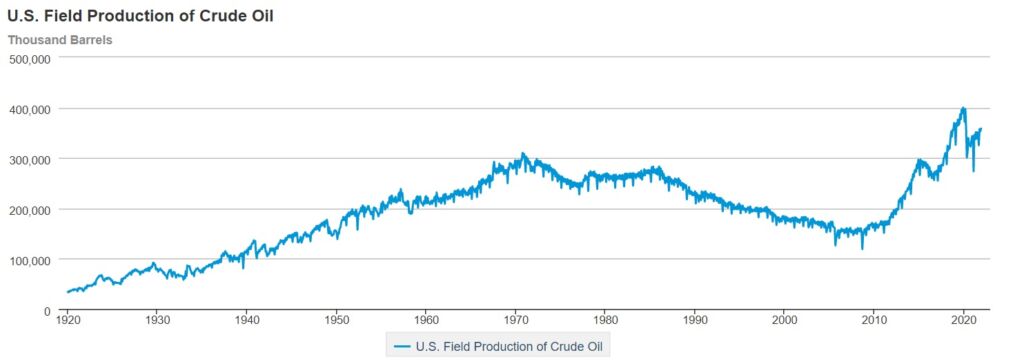Pouring away your vodka is pointless when we’re paying Russia $74 million a day for oil
On Feb. 24, Russia invaded its neighbor, the Ukraine. This unjustifiable act of aggression has, understandably, outraged many around the world. In their eagerness to demonstrate this outrage — possible now as never before with the platforms that social media provides — some people have done things that are totally pointless.
WCCO reports:
Minnesotans are finding ways to protest the Russian invasion of Ukraine, including boycotts.
Sean Okerlund, the owner of Cambridge Bar and Grill in Cambridge, has decided to stop selling Russian vodka.
“It’s a small gesture,” Okerlund said. “It’s a symbolic thing to do. And, you know, I mean is it gonna change what happens over there? No, of course not. But it’s just our little way of doing something that shows the support for the people that are going through what they’re going through over there.”
…
Dan Keyport has made a similar pledge at his Dolce Vita Wine Shop in Chaska. The only Russian brand he sells is Russian Standard Vodka, and he says once the last couple bottles are gone, that’s it.
“I was so appalled at what’s happening with the Russian invasion of Ukraine, I thought ‘What could I do?’” Keyport said.
He also plans to buy Ukrainian vodka to sell in the store that he’s never carried before.
These folks are quite within their rights to do this, but it is unlikely to cause Vladimir Putin to reassess his strategy. What might succeed would be for the United States to stop giving him money for imported crude oil and refined petroleum products.
As Ken Roberts explains for Forbes, “only 3.5% of U.S. imported oil came from Russia in 2021.” While that is “the greatest percentage in at least two decades,” it isn’t the main problem:
The United States received more of its imported gasoline from Russia in 2021 than from any other country, at 21%
All told, the United States imported an average of 672,000 barrels per day of Russian crude and petroleum products in 2021, including fuel oil, according to the Energy Information Administration. This would explain why the Biden administration has been so keen to exclude Russian energy from any sanctions:
This does mean that the United States is helping to fund Russia’s invasion of Ukraine. The Heartland Institute takes the 245 million barrels of oil imported from Russia in 2021 and calculates that, at a price of $111 a barrel, the United States is sending Russia $74 million each day, enough to buy 20 T-14 tanks daily. And this is only for oil. The total contribution of the United States’ energy spending to Putin’s budget is even higher.
Elsewhere, Roberts notes that:
These are not, however, record years for gasoline imports, thanks to increased U.S. production brought on by hydraulic fracking.
Hydraulic fracturing has made the United States the largest producer of both oil and natural gas in the entire world. Thanks to fracking, U.S. crude oil production in 2021 was more than twice as high as in 2008. Fracking reduced America’s reliance on imports and caused gas prices to fall tremendously in the fall of 2014, causing less money to flow into the Kremlin’s coffers.

Americans seeking to support Ukraine can do a few things to keep money from flowing to Moscow. Firstly, they can drive less and reduce the demand for oil, which could help reduce the price Putin can hope to fetch on the global market. This action is largely symbolic, but could help at the margins.
Secondly, they need to contact their elected officials and tell them to support American energy production instead of impeding it. If the Biden administration continues to discourage domestic oil production, it will only make Putin feel more confident that he can rely on oil revenues for the next few years. A quick about-face by the administration is needed to send a message to Putin that will be far louder than the sound of vodka trickling down the drain.